
|
Asakusa has always been a modern city and one of the busiest cities in Japan. On the other hand,old cultures of Edo have been protected obstinately in Asakusa. In these days traditional Japanese cultures are fading away even in the minds of Japanese day by day. They are all earnest teachers and teach even the beginners kindly. |
The following titles are arranged in the Japanese syllabary.
 |
 |
This is the general term for the folk songs or the dances for the accompaniment of shamisen which prevailed among people from the Bunka era to the Meiji era. |
|
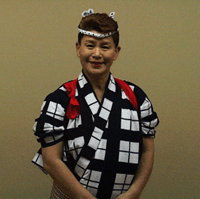
|
The master Sakuragawa Pinsuke
She is the 2nd master after the 1st Sakuragawa Pinsuke(his father). |
 |
 |
One of the kinds of the music for shamisen. |
|
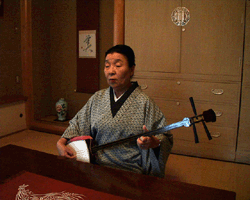
|
The master Kasuga Toyoseiyoshi Accomplishments(Japanese only) |
 |
 |
In a wide sense "Kokyu" is a popular name or a general term of string rubbed instruments,and in a narrow sense "Kokyu" is a proper noun for the musical instrument. |
|
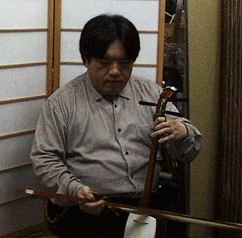
|
The master Hara Kazuo
When he was 12 years old,he was fascinated by the sound of kokyu resounding from the radio and started learning.
We hear he has kept company with kokyu for 30 years. |
 |
 |
The string instrument of China,Korea and Japan. |
|
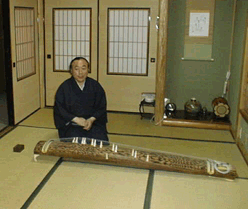
|
The master Harada Toryu He had been trained by his mother since he was 6 and half years old. |
 |
 |
These are the artistic songs accompanied with mainly shamisen. |
|
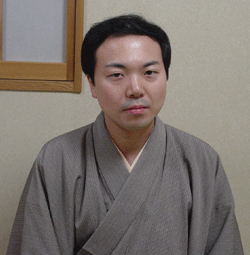
|
The master Kineya Yaichiro
aster Kineya was born and brought up in Asakusa, Daito-ku in Tokyo. |
 |
 |
The string snapped instrument. |
|
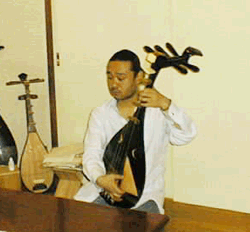
|
The master Tomoyoshi Kakushin
Born in Asakusa Tokyo in 1965.He had learned various kinds of traditional entertainments. |
 |
 |
Folk songs handed down from people to people.The style is the songs accompanied with the musical instruments for the accompaniment,shamisen,drums,shakuhachi and so on. |
|
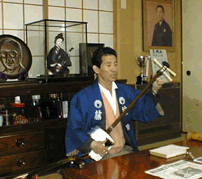
|
The master Fujita Shujiro He is from Akita prefecture. |
 |
 |
"Hayashi" is unisons and accompaniments which compliment other music or dramas. |
|
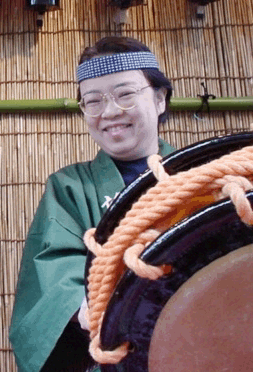
|
Mochizuki Tazae The master Born in Nihonbashi.His mother was born in Asakusa. |
 |
|
The sound of Japanese Drums can express the spirit of Japanese.And,these musical instruments can move the people. |
|
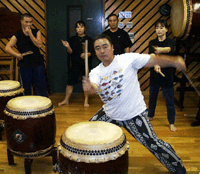
|
The master Tosha Kiyonari He is a holder of diploma of the Tosha School of musical accompaniment for nagauta music. |
Every inquiry and question about traditional entertainments are acceptable.
master@asakusa-e.com














